Context: Recently, the Directorate General of Civil Aviation (DGCA) has issued an advisory circular on interference with the Global Navigation Satellite System (GNSS) in airspace, highlighting the threats of GNSS jamming and GPS spoofing pose for aircraft operations.
Global Navigation Satellite System (GNSS):
|
|---|

Also Read: GPS Spoofing and Jamming: Security threats in Aviation
News Source: Mint
Context: Along with quantum optics, optical fibre cable communication stands on the point of transition to a new era.

Physicist Charles Kao:
|
|---|
News Source: TH
Context: According to a recent report by global nonprofit Access To Nutrition Initiative (ATNI), Indians are eating a growing amount of fast food.
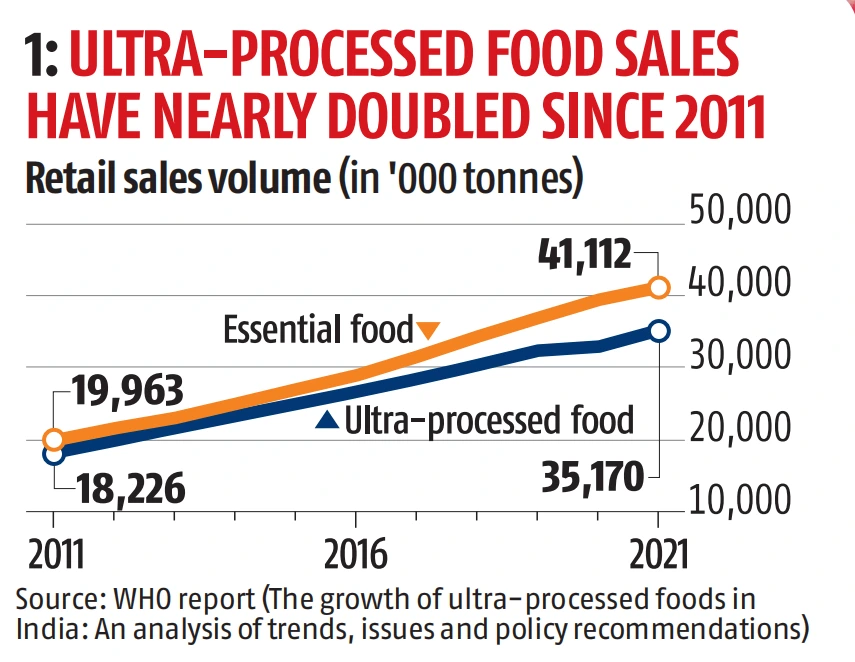

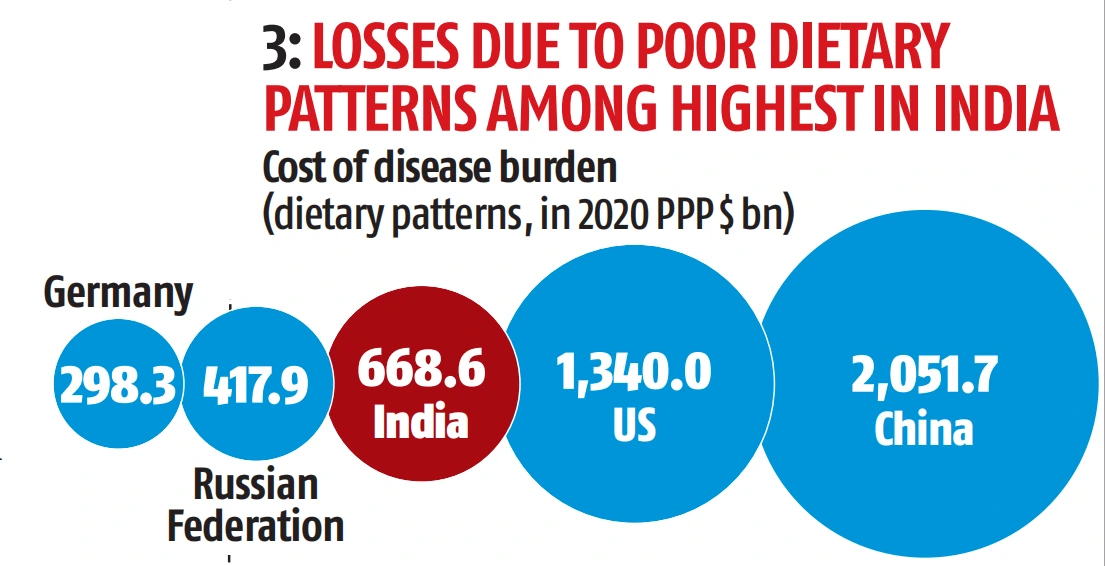
Also Read: Nutrient Deficiency
News Source: Bussiness Standard
Context: In a recent development, 18 countries have expressed support for new global guidelines on AI aimed at ensuring that artificial intelligence (AI) secure by design, thereby elevating the cybersecurity standards for AI.
Further Reading: Global AI Summit London 2023
News Source: Reuters
Context: Ministry of Mines will organise an outreach programme on “Role of the Government and Industry in Driving the Global Action on Critical Minerals.”
Further Reading: Critical Mineral Supplies Vital To Clean Energy Shift, Amendments to the Mines and Minerals (Development And Regulation) Act
News Source: PIB
Context: The Indian Foreign Secretary recently engaged in talks with the Iranian Foreign Minister in Tehran to explore opportunities for improving connectivity via the strategic Chabahar port.
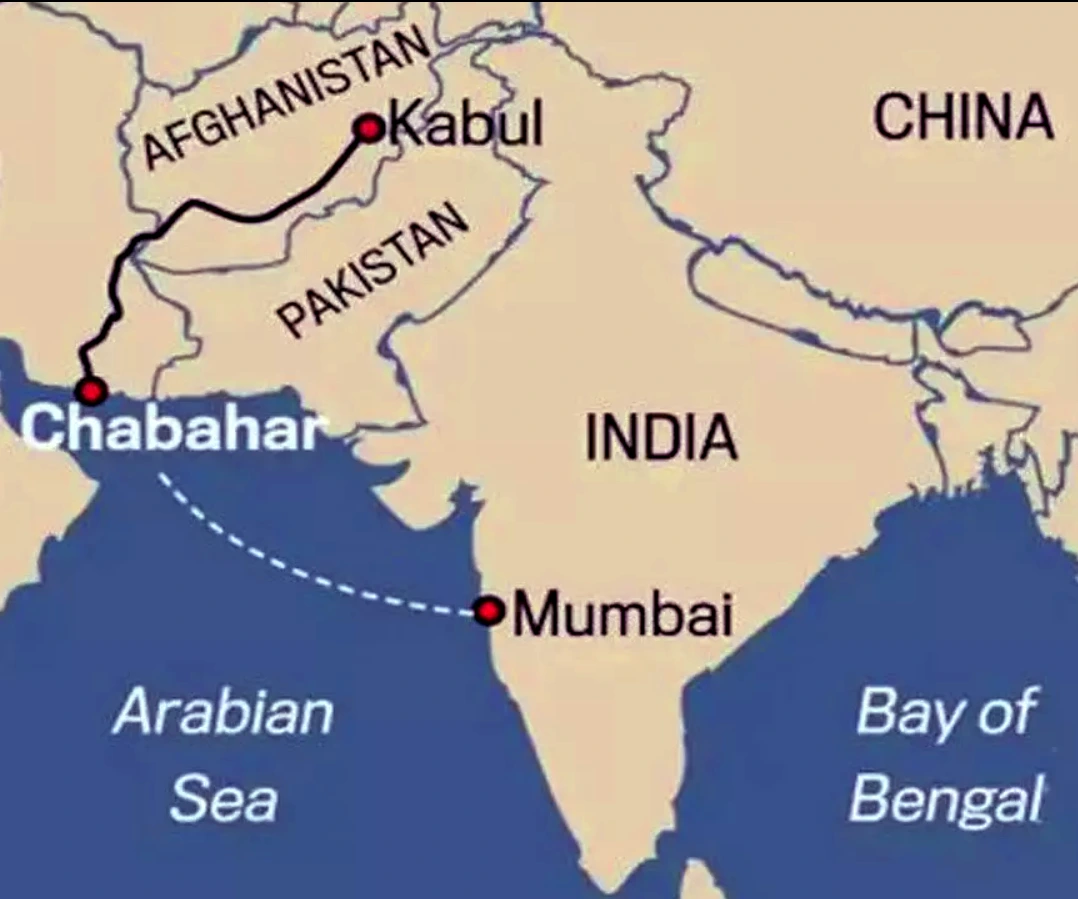
Further Reading: Armenia Explores Joining International North South Transport Corridor, International North South Trade Corridor
News Source: Mint
Context: Recently, the 41 workers trapped in the Silkyara tunnel were rescued and rescuers digged through around 10 metres of rubble using rat hole mining technique to bring out the workers.
News Source: Indian Express
Context: In the recent Argentine Presidential election, Javier Milei emerged victorious. He is gaining attention for his views on issues like abortion and economic policy, including advocating for the dollarization of Argentina’s currency (peso).
| Dollarization:
It is the process by which a country adopts the currency of another nation, typically the United States dollar, as its official legal tender in place of its domestic currency. |
|---|
News Souce: The Hindu
Context: Dubai, UAE will host the 28th edition of the Conference of the Parties (COP) starting on November 30.
Also Read: NDC Synthesis Report For 2023: UNFCCC
News Source: Indian Express
Context: This article is based on the news “Producing more from less: How Indian agriculture has grown with limited ‘factors of production” Which was published in the Indian Express.
According to a NITI Aayog paper, despite limited Factors of Production, technology in agriculture, including factors such as genetics and agronomic interventions, has significantly boosted agricultural growth in India.
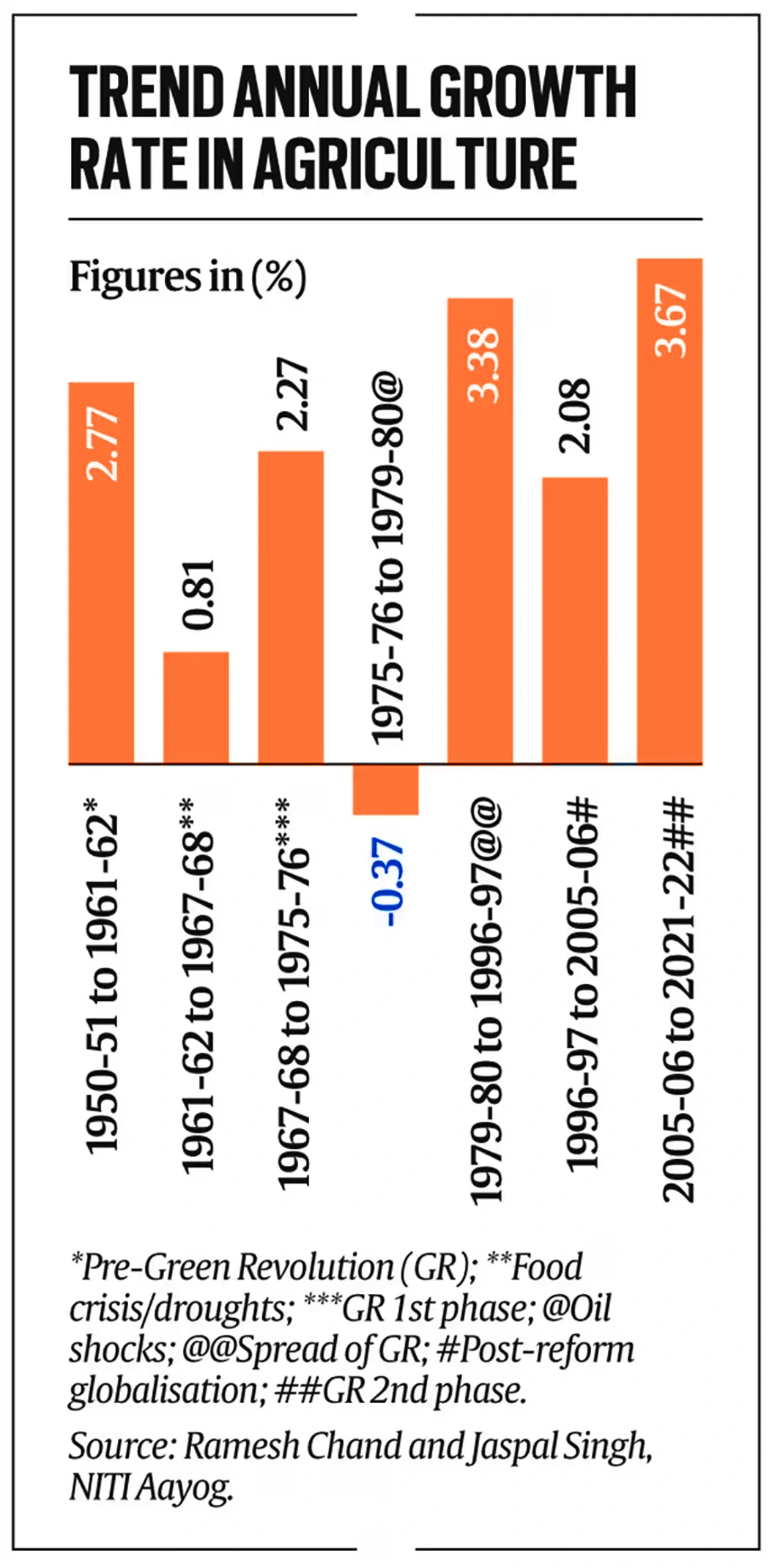
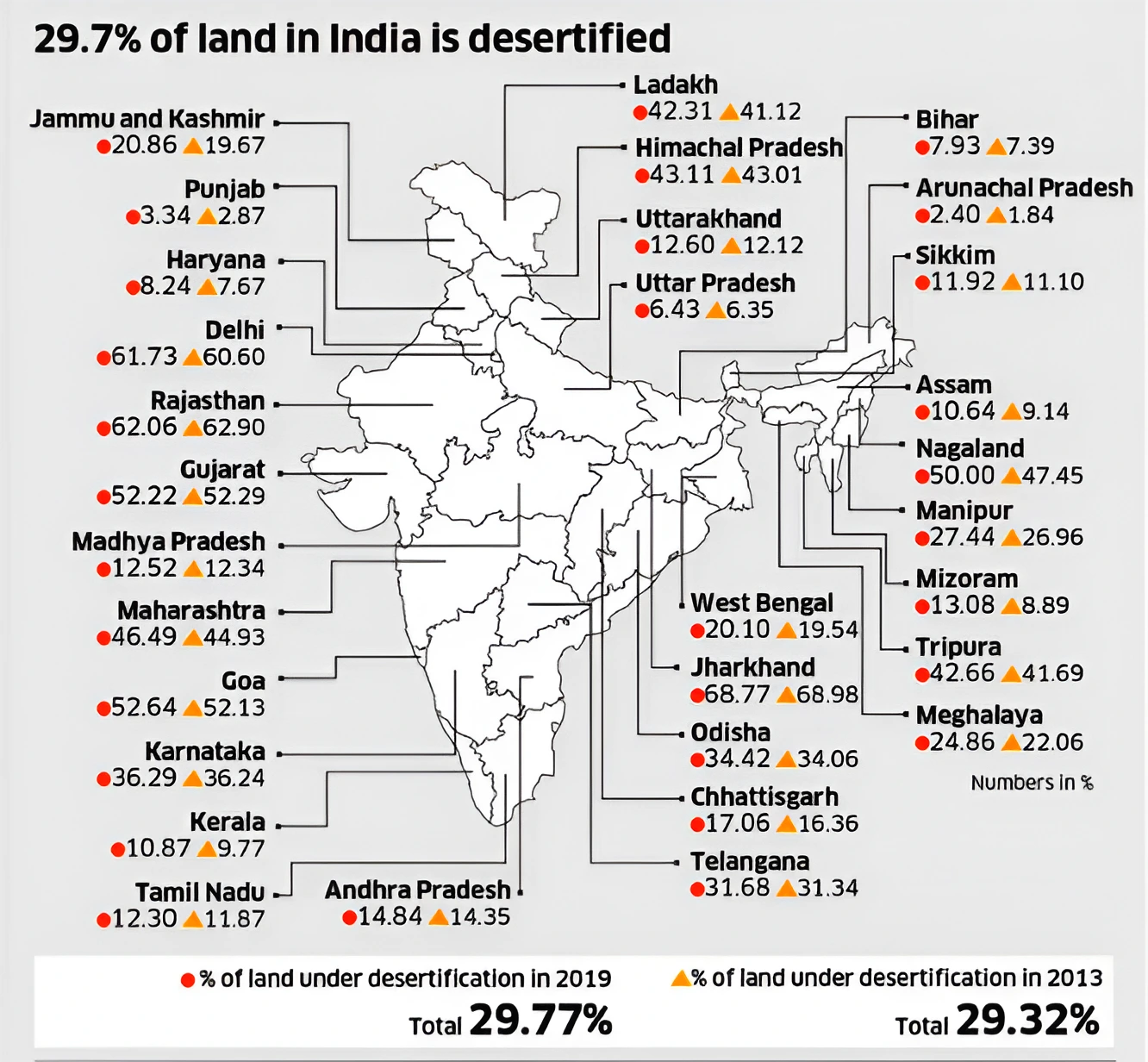
Also Read: Climate Smart Agriculture
Precision Agriculture:
|
|---|
Geo-Spatial Technology: Geo-spatial technology such as remote sensing can map soil conditions, crop health, and water resources. This information can then be used to develop precision agriculture plans to help farmers:
Drones: Drones can be used for various tasks in agriculture, including
Sensors and Microchips: Sensors can be used to collect real-time data on crop health, soil conditions, and environmental factors. This data can then be used to:
Government Initiatives:
|
|---|
Emerging Technologies have the potential to transform the agriculture sector towards low-input, high-efficiency and sustainable to increase agricultural productivity, improve farmer livelihoods, and ensure food security and achieve the Sustainable Development Goals (SDG indicator 2.4.1).
| Prelims Question (2017)
Which of the following statements can help in water conservation in agriculture? 1. Reduced or zero tillage of the land 2. Applying gypsum before irrigating the field 3. Allowing crop residue to remain in the field Select the correct answer using the code given below: (a) 1 and 2 only (b) 3 only (c) 1 and 3 only (d) 1, 2 and 3 Ans: (c) |
|---|
Context: This article is based on the news “As deaths due to work-related factors increase, ILO report (Occupational Safety and Health) calls for countries to strengthen safety net” Which was published in the Hindu. The ‘23rd World Congress on Safety and Health at Work has started from 27 November 2023 in Sydney, Australia. It is the largest international event focused on the prevention of workplace harm.
Know more about the ILO here.
India has ratified other six fundamental ILO conventions which include:
|
|---|
Major occupational diseases/morbidity of concern in India:
|
|---|
Also Read: India’s Informal Economy: Over 90% Workforce, Half of GDP
| Workplace ergonomics is the science of designing the workplace, keeping in mind the capabilities and limitations of the workers |
|---|
There is a need to develop close involvement of social partners to meet the challenges ahead in the assessment and control of occupational safety by mobilizing local resources and extending protection to such working populations and vulnerable groups where social protection is not adequate.
| Prelims Question (2015)
Which of the following brings out the “Consumer Price Index Number for Industrial Workers ? (a) The Reserve Bank of India (b) The Department of Economic Affairs. (c) The Labour Bureau (d) The Department of Personnel and Training Ans: (c) |
|---|
SC Verdict on Newsclick Shows Adherence to Due Pro...
Stay Invested: On Chabahar and India-Iran Relation...
Credit Rating Agencies, Impact on India’s De...
Catapulting Indian Biopharma Industry
Globalisation Under Threat, US Import Tariffs Have...
Global Report on Hypertension, Global Insights and...
<div class="new-fform">
</div>
